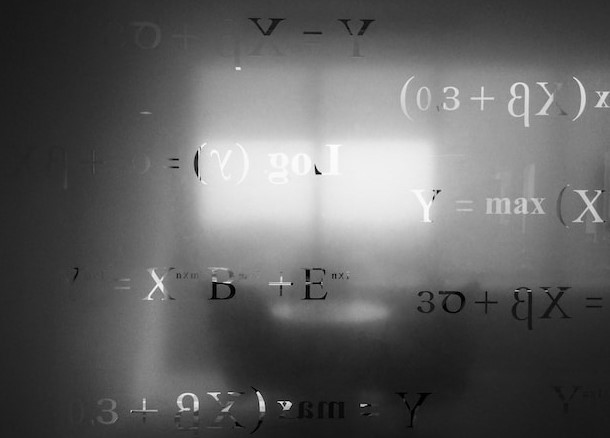
Introduction
In the ever-evolving world of computing and search engine optimization (SEO), precision and efficiency are paramount. One often-overlooked aspect of this is time unit conversion. Understanding and effectively converting between different time units can significantly enhance your ability to optimize processes, troubleshoot technical issues, and implement SEO strategies. In this article, we will delve into the intricacies of time unit conversion, providing you with practical insights and techniques to streamline your efforts in both the realms of computing and SEO.
The Basics of Time Units
Before diving into the intricacies of time unit conversion, it’s essential to establish a solid foundation in understanding the basic time units:
- Millisecond (ms): The millisecond is the smallest commonly used time unit in computing. It represents one-thousandth of a second (1/1000 s). Milliseconds are crucial in tasks requiring precise timing, such as animations, game development, and network latency measurements.
- Second (s): The second is the standard unit of time in the International System of Units (SI). It is defined as the duration of 9,192,631,770 cycles of radiation corresponding to the transition between two energy levels of the cesium-133 atom. Seconds are used in various applications, including data processing, web page loading times, and system response times.
- Minute (min): A minute consists of 60 seconds. It is a commonly used time unit in everyday life and computing, particularly in tasks that involve tracking events or scheduling processes.
- Hour (h): An hour contains 60 minutes or 3,600 seconds. Hours are pivotal in computing for tasks that require tracking and managing longer durations, such as system uptime or processing times for large datasets.
- Day (d): A day comprises 24 hours, or 86,400 seconds. Days play a crucial role in various computing operations, including batch processing, server logs, and scheduling tasks.
Time Unit Conversion Techniques
- Using Conversion Factors: The most straightforward method for time unit conversion involves using conversion factors. For example, to convert seconds to milliseconds, you can multiply the number of seconds by 1000 (since there are 1000 milliseconds in a second). Similarly, to convert minutes to seconds, you multiply by 60, and so forth. Example: 3 minutes = 3 × 60 = 180 seconds.
- Leveraging Online Tools: In the digital age, a plethora of online conversion tools are available that can swiftly convert between different time units. These tools allow you to effortlessly switch between milliseconds, seconds, minutes, hours, and days, saving you valuable time and minimizing the potential for human error. Example: Using an online converter, you can quickly convert 500 milliseconds to seconds, which is equivalent to 0.5 seconds.
Applications in Computing
- Optimizing Code Performance: Understanding and effectively utilizing time units is crucial for optimizing code performance. By accurately measuring and comparing execution times in milliseconds or microseconds, developers can identify bottlenecks and make the necessary adjustments to enhance efficiency.
- Managing Server Uptime: System administrators rely on time unit conversions to monitor and manage server uptime. This enables them to track the availability and performance of critical services, ensuring seamless operation.
Applications in SEO Strategies
- Page Load Times: Page load times are a critical factor in SEO rankings. By converting and analyzing load times in milliseconds, SEO professionals can identify and rectify issues that may be affecting a website’s performance and search engine rankings.
- Analyzing User Engagement: Understanding time units is crucial for interpreting user engagement metrics. This includes metrics like bounce rate, session duration, and time on page. By accurately converting and analyzing these metrics, SEO professionals can refine their strategies to improve user experience and overall website performance.
Conclusion
Mastering time unit conversion is an invaluable skill for both computer professionals and SEO experts. It empowers individuals to optimize code performance, manage server uptime, enhance SEO rankings, and refine user engagement strategies. By integrating this knowledge into your toolkit, you’ll be equipped to tackle complex computing challenges and implement SEO strategies with precision and efficiency.






